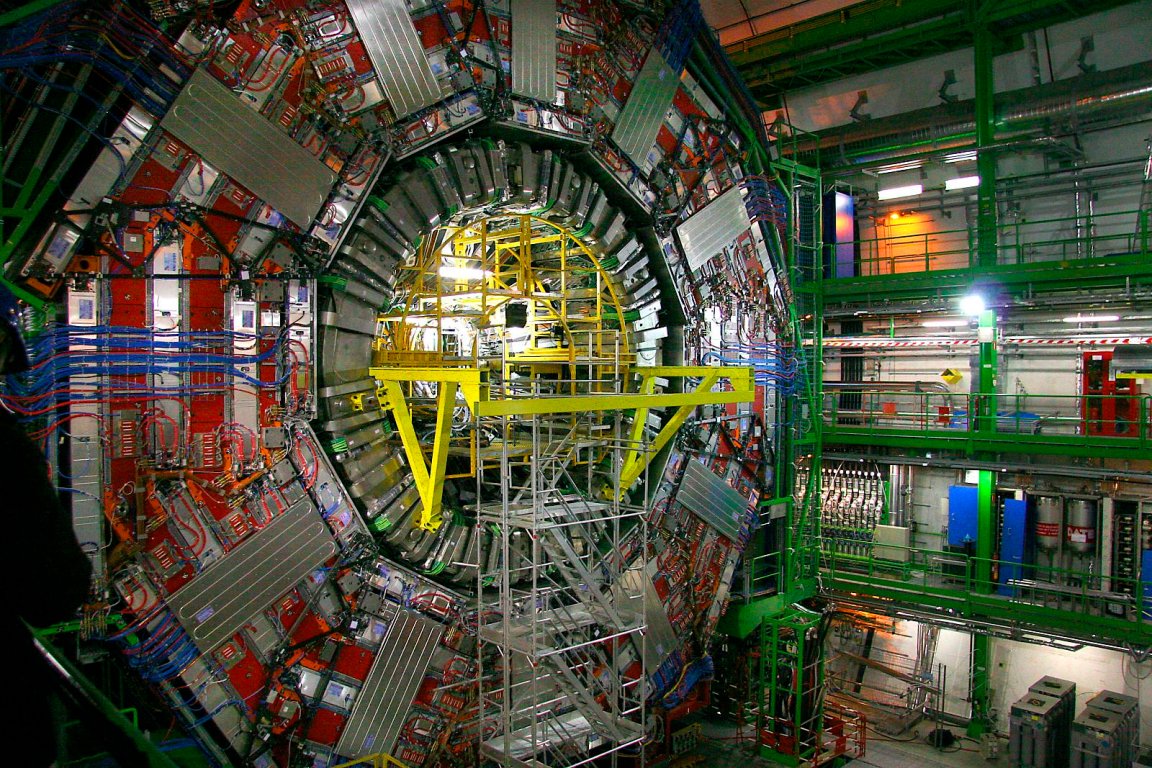
The Xicc++ Particle
Researchers at CERN’s Large Hadron Collider (LHC) have discovered a new particle in their work on the LHC beauty (LHCb) experiment. The Standard Model of particle physics predicts that particles like the Xicc++ particle — also called doubly charged, doubly charmed xi particle — exist, but this discovery is the first time researchers have confirmed that they are actually there. The discovery confirms the standard model, but actually has far more significance: it may also help us better understand particle physics generally, as well as the fundamental forces that govern the universe.
Xicc++ is a baryon, part of a family of “doubly charmed” baryons. This family of particles comprises most ordinary matter and includes neutrons and protons. All baryons are made up of three quarks, a kind of basic particle. There are six types of quarks: two are light (up and down quarks), and four are heavy (bottom or beauty, top or truth, strange, and charm).
Different kinds of baryons are made up of different kinds of quarks; the doubly charmed baryon has two charm quarks and one up quark. In theory, you could combine any of the six varieties of quarks in any combination to create a range of baryons, but many possible combinations have never actually been observed. Until now, that was true of the doubly charged, doubly charmed xi particle.
The Xicc++ is also special because it is the first baryon actually observed that has more than one heavy quark (save the unconfirmed SELEX particle from 2002). In other baryons, the three quarks typically rotate around each other equally. In contrast, the researchers at LHCb think that the lighter quark orbits the two charm quarks which rest at the center of the Xicc++.
Fundamental Forces
The SELEX particle from 2002 was very similar: called the Xicc+ because it was singly charged and doubly charmed, it had a very different mass. This — along with the inability of others to confirm the observation and a statistical significance of only 4.8 sigma — make the SELEX result less convincing. The Xicc++ is four times heavier than a proton due to its extra mass, weighing about 3621 megaelectronvolts. This mass result is expected based on the particle’s composition, and the results have a statistical significance greater than 7 sigma.
“It is great to see that one of the possible combinations of quarks into a new composite particle is behaving like expected, as predicted in our trusted Standard Model,” CERN particle physicist Freya Blekman, who was not involved in the research, told WIRED. “Of course, we know that at extreme energies the Standard Model breaks down, and the fact that both massive neutrinos and dark matter are not described. But for quarks and particles that consist of quarks, the Standard Model seems to be the real deal, a working and complete theory.”
Researchers also hope that study of the Xicc++ particle will help them test the theory of the strong force, which describes the force that hold quarks together in baryons. “We’re understanding that there are more complicated structures in nature than we thought there were before,” Syracuse University physicist and LHCb member Sheldon Stone told Gizmodo. And while the Xicc++ particle can only be observed on Earth in experiments, it likely existed in the primordial times just after the Big Bang. Mastering the forces that hold quarks together could offer deep insight into the physics of the universe in its infancy.